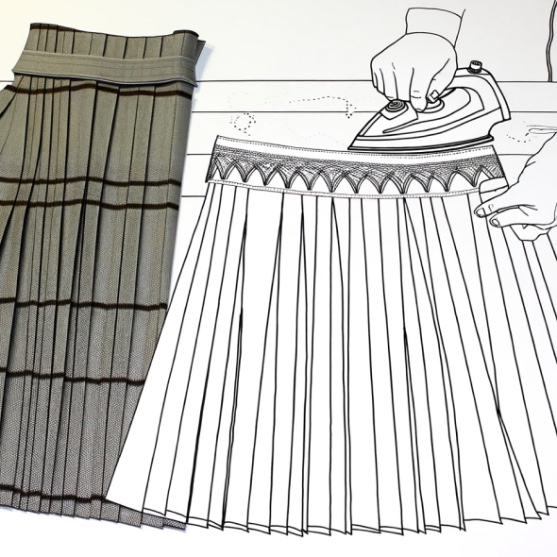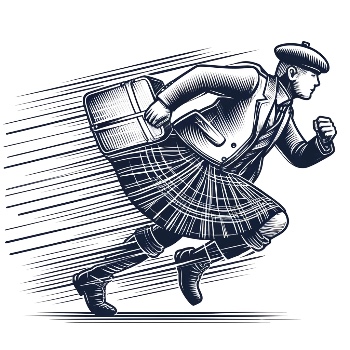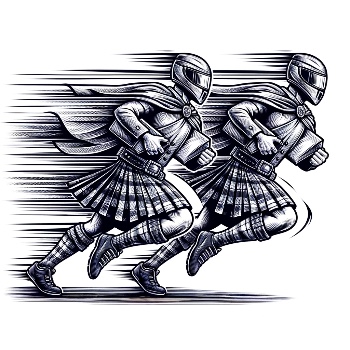
Tack and Press
Perfect if your borrowing a kilt that’s too long and too crinkly!
We’ll tack it too your height/leg length so it sits perfectly and we’ll throw in a press so it looks sharp and ready to wear.
£69.00
Repair Times
All repairs are carried out within 28 days as standard.
Skip the queue and have your repair faster for an additional fee:
Standard (28 days) - no extra charge

Express (14 Days)
£39.00

Super Express (7 Days)
£59.00
Tack and Press – Restoring the Sharpness of Your Kilt
A well-maintained kilt is defined by its crisp pleats and flowing tartan. Over time, even the finest kilt can lose its shape – pleats go soft, drift out of line, or become flattened through wear. That’s where tack and press comes in.
What is Tack and Press?
Tack and press is a specialist service to restore the pleated area of a kilt. The process involves tacking (temporarily stitching) each pleat in place to hold its precise shape, followed by a professional pressing that uses steam and heat to re-set the pleats, giving your kilt that sharp and structured finish it had when it was new.
Whether your kilt features knife pleats, box pleats, or Kingussie pleats, tack and press can breathe new life into the garment, reviving the distinctive form of your kilt and restoring the flow of the tartan.
Why Do Kilts Need Tack and Press?
Kilts are designed to last a lifetime – and often much longer. It’s not uncommon for a kilt to be passed down through generations, especially in military families. But wear, cleaning, and improper storage can all affect the pleats.
If the pleats are misaligned or have lost their crispness, the apron may not sit correctly, the kilt can appear uneven, and the once-proud shape can become baggy or lifeless. Tack and press returns structure and symmetry to the garment – a small investment for a major visual improvement.
The Different Types of Pleats
Not all kilts are made the same. Identifying your pleat type is important before any alterations or restoration:
-
Knife pleats: The most common form, especially in modern kilts. Each pleat is folded in one direction, creating a sharp, uniform appearance.
-
Box pleats: A deeper, fuller pleat where fabric is folded in opposite directions to form a rectangular box shape. Often seen in regimental or military kilts.
-
Kingussie pleats: A rare style, native to Highland traditions. Similar to box pleats but with a unique overlap pattern and a more flowing look. These require careful handling during tack and press due to their complexity.
If you’re unsure what type of pleat your kilt has, our experienced team can identify and advise you. Each style has its own method of pressing and needs the right technique to ensure a neat and even result.
Here are the three pleat types from left to right: knife, box, kingussie:

Military Heritage and the Importance of Presentation
In the military, especially in Highland regiments, kilt presentation is paramount. Soldiers take great pride in the precision of their pleats, the alignment of their tartan, and the sharp press of their kilts. A correctly pressed kilt is not just about appearance – it’s about tradition, discipline, and respect.
Tack and press maintains this proud tradition, whether your kilt is for ceremonial wear, highland games, pipe band performance, or formal occasions.